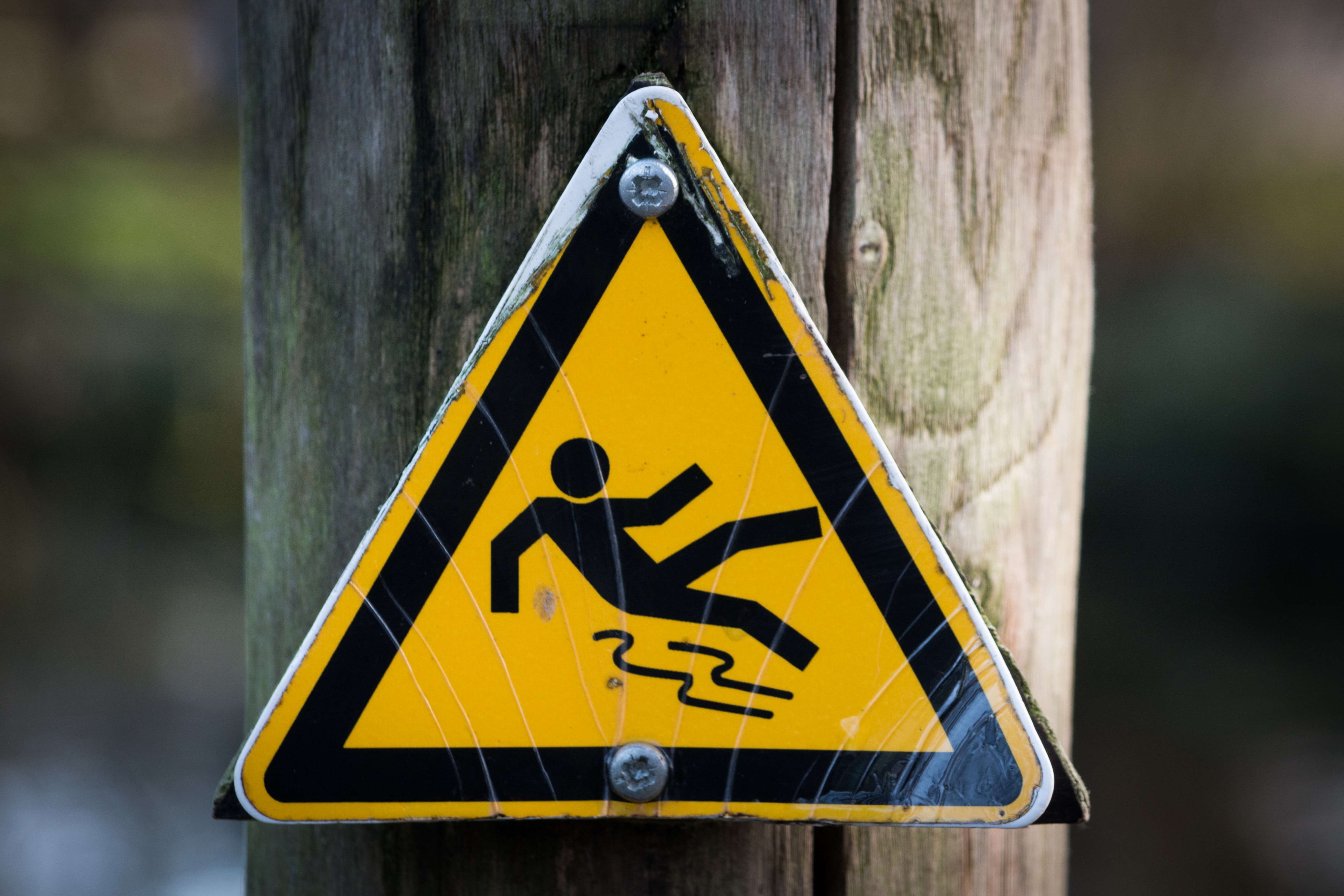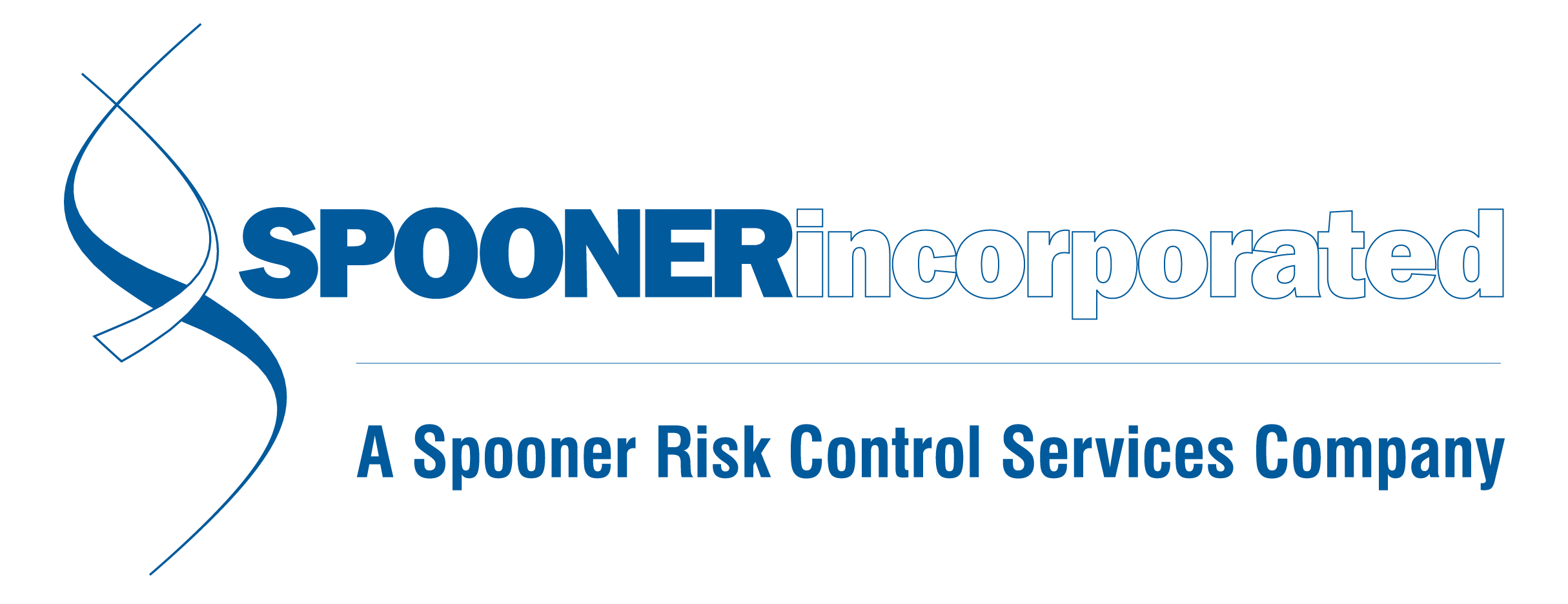Avoiding Slips, Trips & Falls

Slips, trips, and falls continue to be a leading cause of emergency room visits for many workers in the state of Ohio, and nationwide. Some common slip, trip, and fall injuries include:
• Fractured Bones
• Lacerations
• Strains/Sprains
• Back injury
• Head injury/brain trauma
Causes of Slips, Trips, and Falls
Some common causes of these injuries include:
• Wet or oily surfaces
• Weather hazards including rain, snow, and ice
• Loose mats and rugs
• Walking surfaces that are not level
• Obstructed views
• Poor lighting
• Clutter
• Uncovered wires and cables
Preventing Slips, Trips, and Falls
There are several ways that employers can help prevent these types of incidents and keep worksites safer. The simplest way is to practice good housekeeping throughout your facility. Other options include wearing slip-resistant shoes, using caution when walking on uneven surfaces, as well as surfaces that may be slippery or wet.
Good Housekeeping Tips
Good workplace housekeeping is an easy way to prevent most slips, trips, and falls, and it’s often overlooked. Simply cleaning up your work area as you go can help on the job site. Examples of good housekeeping include:
• Cleaning up spills immediately
• Mark areas that have spills
• Mopping or sweeping debris from walking surfaces
• Make sure walkways are free of clutter and obstacles
• Securing mats and rugs that are not lying flat
• Covering cables and wires that cross walkways
• Making sure the work area and walkways are well lit
• Clean your area as you work - don’t leave the mess for others to clean
• Check for fall hazards daily and alert your foreman if you see something
• Salt sidewalks, parking lots, and other high traffic areas during winter
Walking Surfaces Tips
Slips, trips, and falls can happen on any walking surface, but if that surface is uneven or made of materials that provide little traction, this chance can increase greatly. Ways you can improve your walkways on the jobsite can include:
• Pay attention to where you’re walking (put your phone away)
• Make sure there are mats or pressure-sensitive abrasive strips
• Ask for the flooring to be replaced or painted if you notice it creates a hazard
• If you notice a walking surface that is uneven or that needs some work, but it’s not something you can fix yourself - bring it to the attention of your foreman so they can correct the issue
• Make coworkers aware of the hazard to decrease the risk of someone else getting hurt
Footwear
The footwear you chose to wear to a worksite has a huge impact on your safety. You should not wear tennis shoes on a worksite - always wear work boots. Your work boots should be the proper fit with treads to reduce the risk of slips, trips, and falls. To reduce your risks:
• Wear work boots that fit snugly and that have slip-resistant soles
• Clean the treads of your shoes regularly
• Inspect the soles of your work boots to ensure they are intact and have proper treads
Walking
How you walk can have a big impact on your risk of slips, trips, and falls. There are ways to reduce these risks while walking, including:
• Take your time and do not run
• Always pay attention to what’s in front of you, looking for spills or hazards
• Use light sources like flashlights or installed light sources if the area of work or walkway is dark
• If carrying or moving materials, make sure you can still see in front of you
SOURCES: SURETY HR, SPOONER RISK CONTROL, OSHA, RAKEN CONSTRUCTION MANAGEMENT, SAFEOPEDIA

